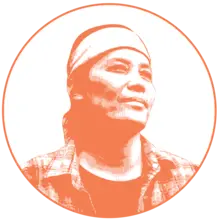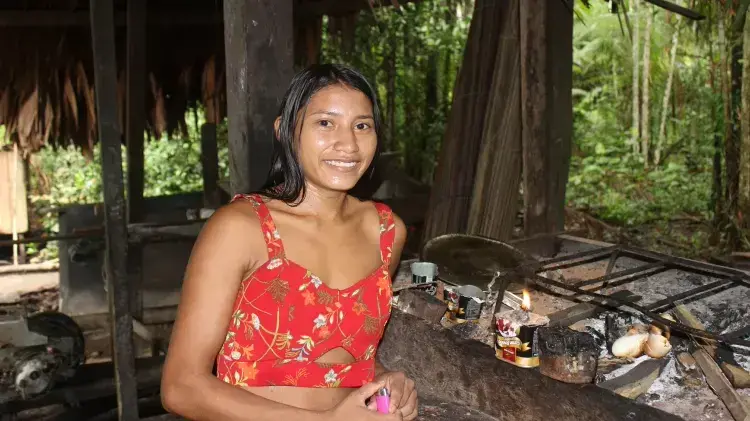This story excerpt was translated from Portuguese. To read the original story in full, visit UOL. You may also view the original story on the Rainforest Journalism Fund website here. Our website is available in English, Spanish, bahasa Indonesia, French, and Portuguese.

Conserve food in salt, do not own a cell phone, live by lamplight, depend on rain to be able to drink water. This is still the reality of a significant part of the Brazilians who live in the Legal Amazon region—an area that corresponds to 59% of Brazilian territory and encompasses eight states (Acre, Amapá, Amazonas, Mato Grosso, Pará, Rondônia, Roraima and Tocantins, and part of Maranhão). According to a survey by the Ministry of Mines and Energy, 219 thousand families are without any access to electric energy throughout the Amazon region were mapped by the federal program More Light for the Amazon (a kind of Light for All). The estimate is that more than one million people still live without light in the country.
It turns out that on every electricity bill paid in Brazil there is a charge for the Energy Development Account (CDE, for its acronym in Portuguese). It is not a percentage or a fixed amount to be paid, but it works as follows: The government decides on a set of actions and programs that need to be financed, and part of what the consumer pays in the electricity bill goes into this fund. The tax, by the way, is grounded in article 1, item 3 of the Constitution.
In 2022, the set of CDE actions and programs stood at around R$30 billion. "It's quite a lot [money] for this universe of families, which is not so big, if we talk about Brazil levels, but they are people who have this right," explains Joisa Dutra, director of the Center for Regulation and Infrastructure Studies at the Getulio Vargas Foundation (FGV, for its acronym in Portuguese). "We have all the conditions to get out of this problem. The key is exactly in assigning a role to the distributor as local service provision," she suggests.
As a nonprofit journalism organization, we depend on your support to fund journalism covering underreported issues around the world. Donate any amount today to become a Pulitzer Center Champion and receive exclusive benefits!

The intent of the More Light For the Amazon program is precisely to eradicate this number by installing "off-grid" solar energy plates (which do not have access to the transmission grid) in the homes of people living in remote regions, where the main difficulty is the arrival of transmission lines. In this way, users become customers of the states' distributors (most of whom use the social tariff, which exempts payment on the electricity bill, depending on consumption). "For better or worse, the electric power service is in charge of the distributor. In other words, if there is a problem, it is the distributor's responsibility to fix it," says Dutra. The deadline is for the goal to be met by 2030.
I won't drink this water.
In the case of basic sanitation, regulation is the responsibility of the municipality. In other words, there is no shared jurisdiction and the distribution of investments is done locally, as in the case of electricity, but it is not uncommon for the municipality to claim it does not have the money to carry out the works.


- View this story on O Brasileiro











